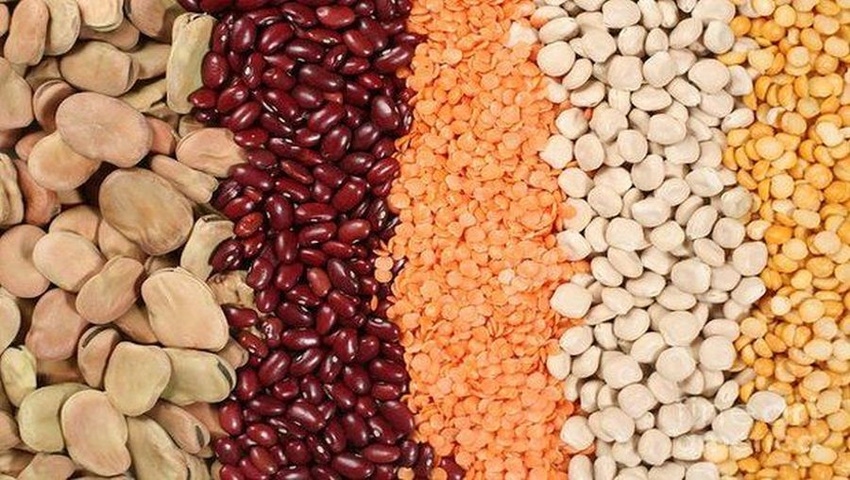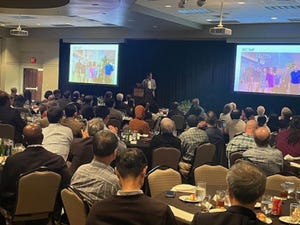Flour from Pulses Makes Gluten-Free Binders for Burgers
In a nod to the United Nation’s declaration of 2016 as the “International Year of the Pulses", new research published in the Journal of Food Science found flours made with lentils and chickpeas treated with infrared micronization can make tasty gluten-free binders for hamburgers. Because of their high nutritional content, pulses are a staple in emergency food baskets and since they do not contain gluten, they are also suitable for celiac patients.

In a nod to the United Nation’s declaration of 2016 as the “International Year of the Pulses", new research published in the Journal of Food Science found flours made with lentils and chickpeas treated with infrared micronization can make tasty gluten-free binders for hamburgers. Because of their high nutritional content, pulses are a staple in emergency food baskets and since they do not contain gluten, they are also suitable for celiac patients.
Pulses are known to be nutritious foods but are susceptible to oxidation due to the reaction of lipoxygenase (LOX) with linolenic and linoleic acids that can lead to off-flavors caused by the formation of volatile organic compounds (VOCs).
For the study, researchers at the University of Manitoba investigated the use of infrared micronization at 130 degrees C and 150 degrees C as a heat treatment to determine its effect on LOX activity and VOCs of chickpea and green lentil flour. The pulse flours were added to low-fat beef burgers at 6 percent and measured for consumer acceptability and physicochemical properties.
Micronization at 130 degrees C significantly decreased LOX activity for both flours. The lentil flour micronized at 150 degrees C showed a further significant decrease in LOX activity similar to that of the chickpea flour at 150 degrees C. The lowering of VOCs was accomplished more successfully with micronization at 130 degrees C for chickpea flour while micronization at 150 degrees C for the green lentil flour was more effective.
Micronization minimally affected the characteristic fatty acid content in each flour but significantly increased omega-3 and n-6 fatty acids at 150 degrees C in burgers with lentil and chickpea flours, respectively. Burgers with green lentil flour micronized at 130 degrees C and 150 degrees C, and chickpea flour micronized at 150 degrees C were considered acceptable by consumers. Micronization did not affect the shear force and cooking losses of the burgers made with both flours.
The researchers concluded low-fat beef burgers containing 6-percent micronized gluten-free binder made from lentil and chickpea flour is possible based on favorable results for physicochemical properties and consumer acceptability.
About the Author(s)
You May Also Like






.png?width=800&auto=webp&quality=80&disable=upscale)